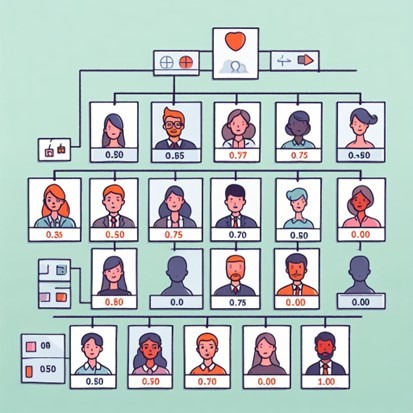Over the past 25 years the ‘best of breed’ philosophy has struggled to take root in the field of HR Information systems (HRIS). This has been due mainly to the cost and resourcing attached to scoping, building and maintaining connections between disparate HR software applications.
Software vendors therefore managed to solve this dilemma by incorporating multiple modules in their integrated offering (e.g. core HR, payroll, time & attendance, recruitment). Although this provided a solution for many clients, to others it became apparent the that the products were stronger in some modules than in others.
Replacing separate HR and payroll software with an integrated system sometimes led to the payroll department in reality ending up having to use an inferior product to its predecessor, even though the benefits of a single database and double inputting were clear to see.
This same story can apply to time & attendance, recruitment and learning & development (L&D). I have seen more than a few clients with an integrated HRIS whose specialists in L&D and Recruitment had sourced their own individual software applications to meet their own needs. Similarly, time & attendance software does not always work in the required manner for operational line managers. In those cases, the extra software had no direct link to the main system, leading to syncing errors and inaccuracies.
The rise of Application Programming Interfaces (APIs)* and the greater ease of building connections between software modules has now brought the Best of Breed reality within everyone’s grasp, but it does actually pose a new, unconsidered dilemma: who will bear overall responsibility for selecting the HRIS modules?
In my 2018 article ‘Three Fundamental Laws of HR technology’** I posited that: “HR will take responsibility to ensure that their organisation has an HR system configurable to meet its process and information needs.”
That, of course remains the status quo, and in my view the core HR module should still form the starting point, but the payroll department can now choose its own software, as can the specialist HR activities such as recruitment and L&D. In this situation, it is crucial that these decisions be taken with collaboration between the vendor, the client’s technical resource and the actual sponsors who will be using the software, and that those decisions be unanimous. Most modern HRIS modules offer APIs, and it would be a deal-breaker only if there was non-compatibility between the modules.
Under no circumstances should the technical source place roadblocks in the path to selection as happened in times past for reasons of convenience (we have the accounts package, so the HR would come free). The customer’s requirements are supreme, and we are quickly moving towards being able to seamlessly meet them.
HRSoftwareFinder can assist in your search where you are looking for multiple modules, as each module is scored for functions and features in a vendor’s offering as well as providing an overall vendor score.
*An API is a set of protocols, routines, and tools that enable software applications to communicate with each other. They are used to exchange data between different software systems. In conjunction with artificial intelligence (AI) they are able to automatically manage updates in the various software elements.
** https://cezannehr.com/hr-blog/2018/03/the-three-fundamental-laws-of-hr-technology/






